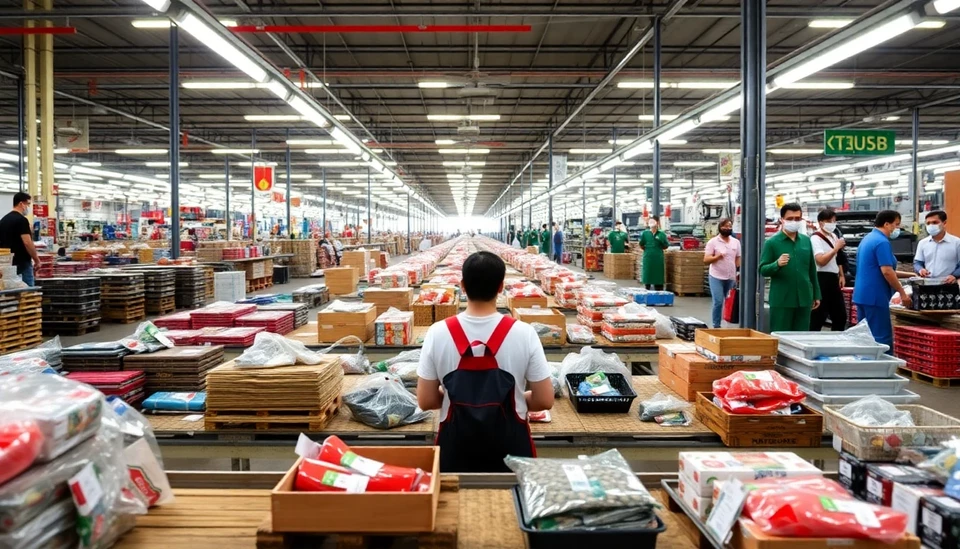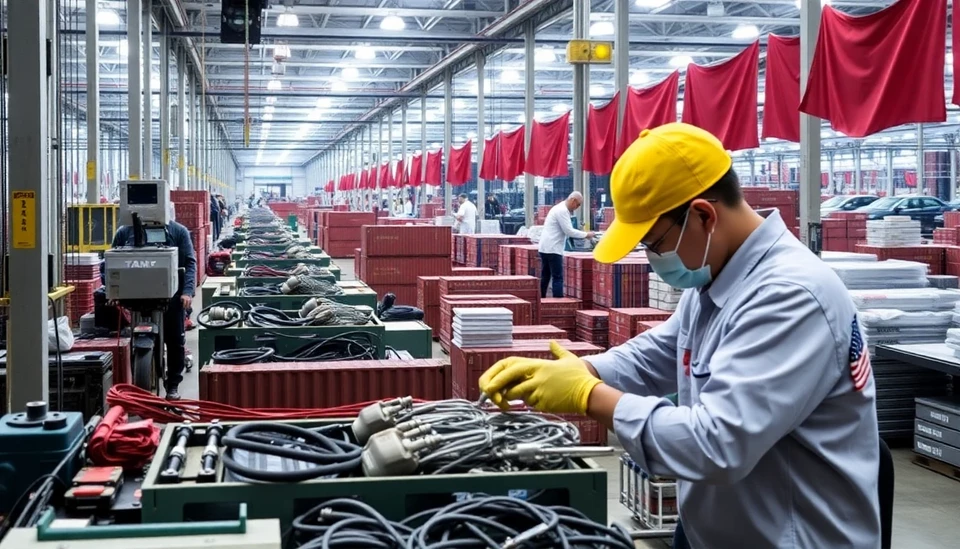
In a concerning turn of events for the Asian economy, factory activities across the region have shown signs of contraction, coinciding with the looming impact of new tariffs introduced by the Trump administration. Data revealed that manufacturing output in several countries weakened significantly as firms braced for the economic repercussions of these trade barriers.
Industry reports indicated that stringent tariffs on key imports, which could become effective shortly, have heightened uncertainty among manufacturers. The ripple effect of these tariffs is anticipated to challenge production capabilities and disrupt supply chains, negatively affecting business sentiment across the continent.
In specific terms, the manufacturing Purchasing Managers' Index (PMI) for several key economies, including Japan and South Korea, recorded figures below the neutral mark of 50, signaling a contraction in manufacturing activity. Japan’s PMI dipped to its lowest level in over two years, raising alarm bells among economists and industry leaders who had hoped for a more stable economic landscape.
South Korea, another key player in the Asian manufacturing game, is also feeling the pressure. Its PMI reflected a similar downturn with deteriorating demand and increased input costs contributing to the decline. Analysts noted that the combination of diminishing order volumes and high inflation in raw materials has created a challenging environment for manufacturers.
Countries across Southeast Asia have also reported a slowdown, with significant declines reported in both production and new orders. This downturn is seen as a direct response to the uncertainty surrounding U.S.-China trade relations and the potential cascading effects of the tariffs on other economies within the region.
Amidst these pressures, manufacturers have been exploring diversification of their supply chains and seeking alternative markets to mitigate the impact of the tariffs. However, many reported that the time and financial investment required to shift operations are daunting tasks, thereby limiting their immediate options for resilience.
As the economic landscape evolves, observers are urging policymakers across Asia to implement measures that can stimulate growth and restore confidence in the manufacturing sector. Stimulus packages and incentives are among the proposed solutions to soften the blow of these international tariffs and rejuvenate domestic production capabilities.
In summary, as nations across Asia prepare to navigate the disruptions posed by impending tariffs, the manufacturing sector stands at a crossroads. The impact of these policies may have far-reaching implications that extend beyond immediate economic outcomes, affecting jobs, investments, and the future stability of the region's economy.
#AsiaManufacturing #TrumpTariffs #EconomicImpact #PMI #SupplyChain #TradeRelations #ManufacturingSlowdown
Author: Daniel Foster
